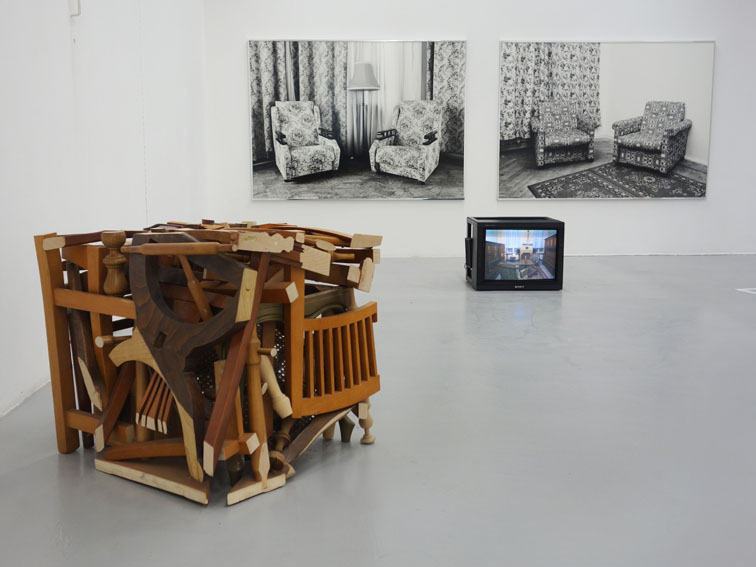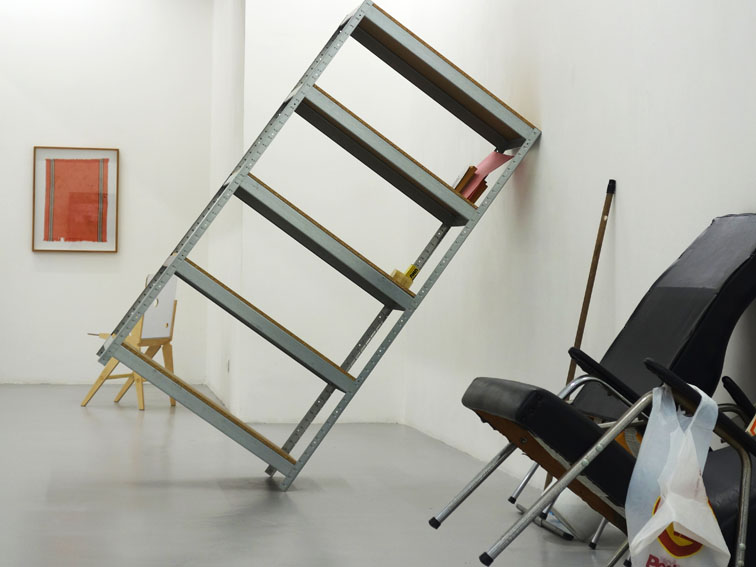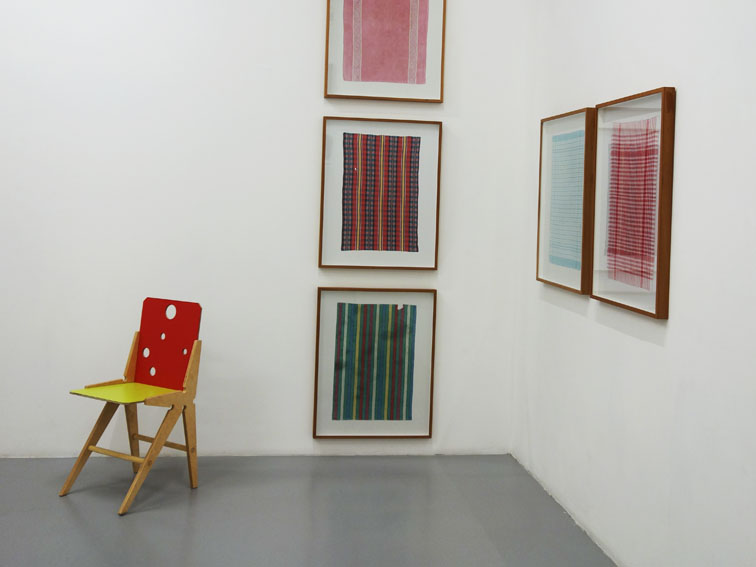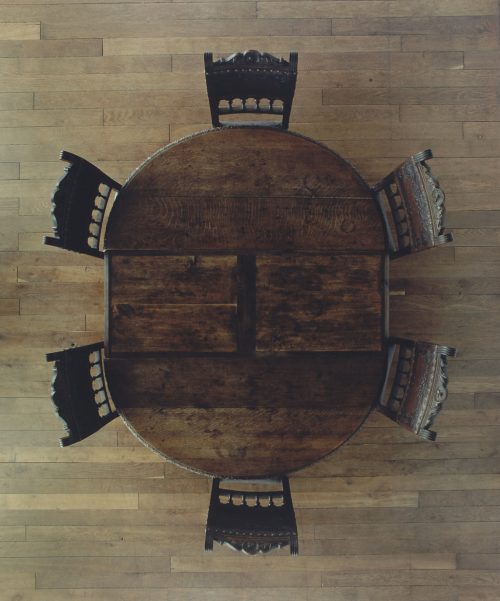a_meublements, group show, 15th of June – 15 of October, Faux Mouvement Contemporary Art Center, Metz
With Franz Höfner, Hisae Ikenaga, Marie Legros, Ori Levin, Yo Ota, Gert Robijns, Jean-Christophe Roelens, Rémi Uchéda, Marie-France Uzac, Jacques Vieille
Talking about the TV sets that were in most American homes at the beginning of the 60s, Vito Acconci stated in a text written in 1964 that the domestic space welcomed into it a special type of furniture, one that had no practical role ; the TV canot be used as a piece of furniture; it can only be watched. It therefore has the useless function that is traditionally given to a work of art, and has taken the place of a specific piece of furniture, the place of a sculpture.
The word "furniture" is by definition anything that is not "immoveable" in other words anything that can be displaced. The displacement in this case is relevant for anything that can be moved, but also can change its use. What becomes of an object that loses its function? Beyond the ready-made, the furniture of our everyday existence can become not so much obsolete but also power-less. Having lost their place, useless, they are part of a new imaginary to which the space of everyday life becomes subverted. Good-bye to comfort, to practicality, to easiness. Our everyday world becomes an "ex-world" a souvenir, a trace. Patrick Nardin
Les torchons, 2000, series of 8 analog photographs, 77 x 61 cm
My first project done in color, this assortment of dishcloths stemed from a desire to grapple with color perceived in and of itself. The dishcloths are at the same time unassuming object and emissaries of an ancient cultural tradition : Veronica’s veil or the shroud of Turin are evoked as well as the history of 20th century abstraction, whether that of Malevitch or of the Supports/Surface group.
Pension Anatoli Vassiliev, 4 analog photographs, 120 x 160 cm each
Props, dramatic backdrop, this set of armchairs, upholstered in a floral fabric which matches the curtains and offers an imitation of middle-class comfort, was the center piece of the common room of four neighbouring bedrooms in a Moscow pension in 2001. This closed-off white cube, deprived of perspectives or openings, is reminiscent of a beckettian world whose irony is mitigated by the use of black and white which refuses to stress the gaudy colors of the room’s surfaces.



















